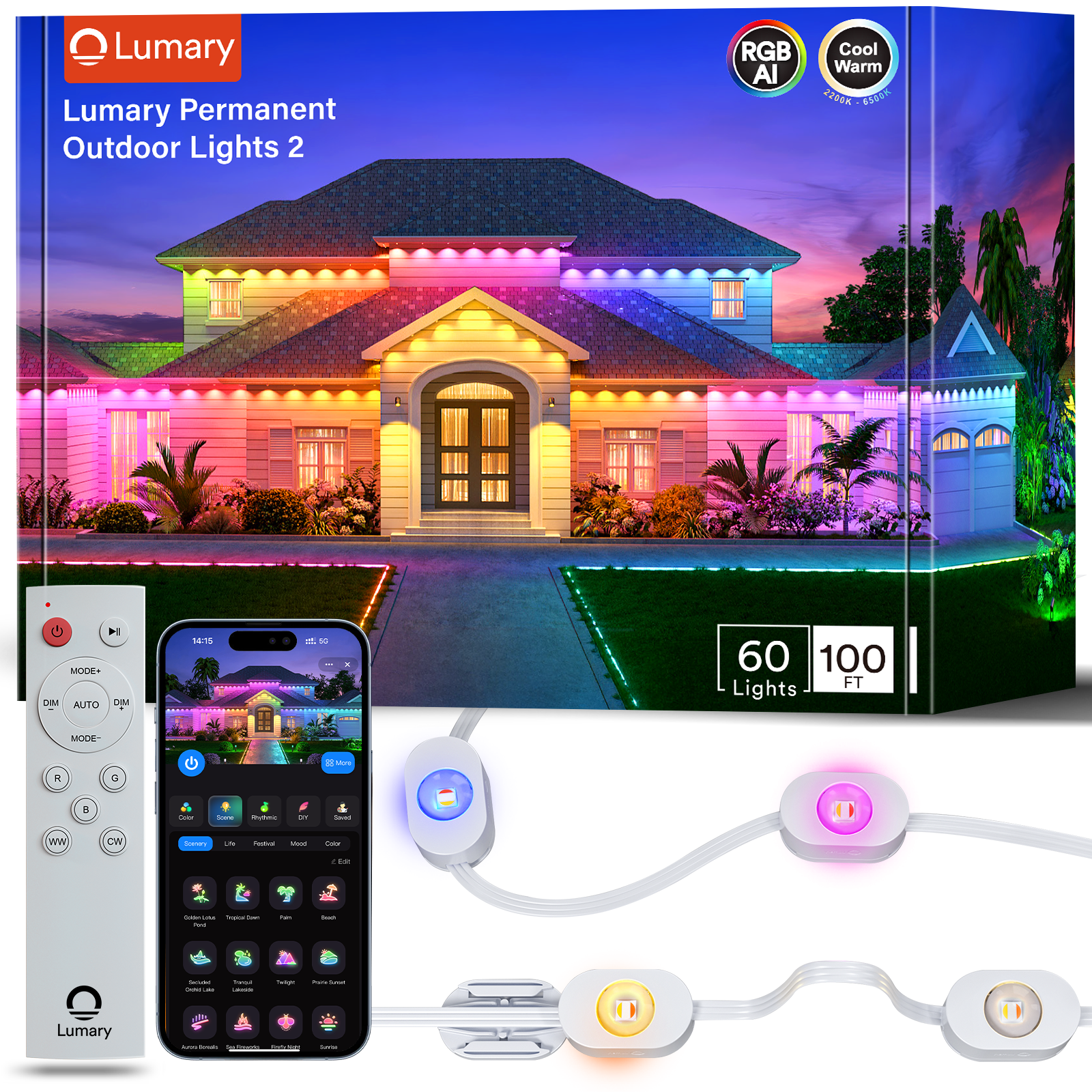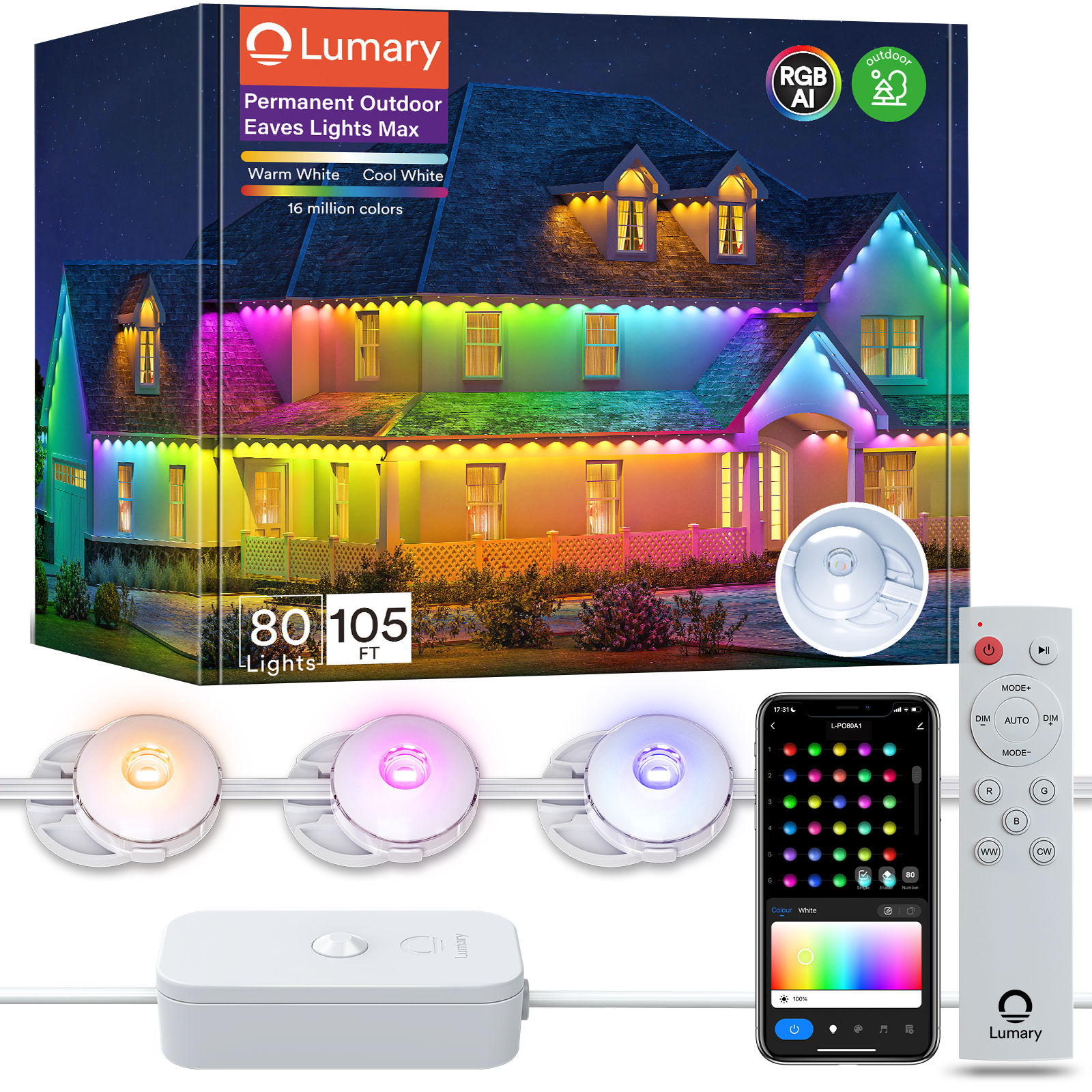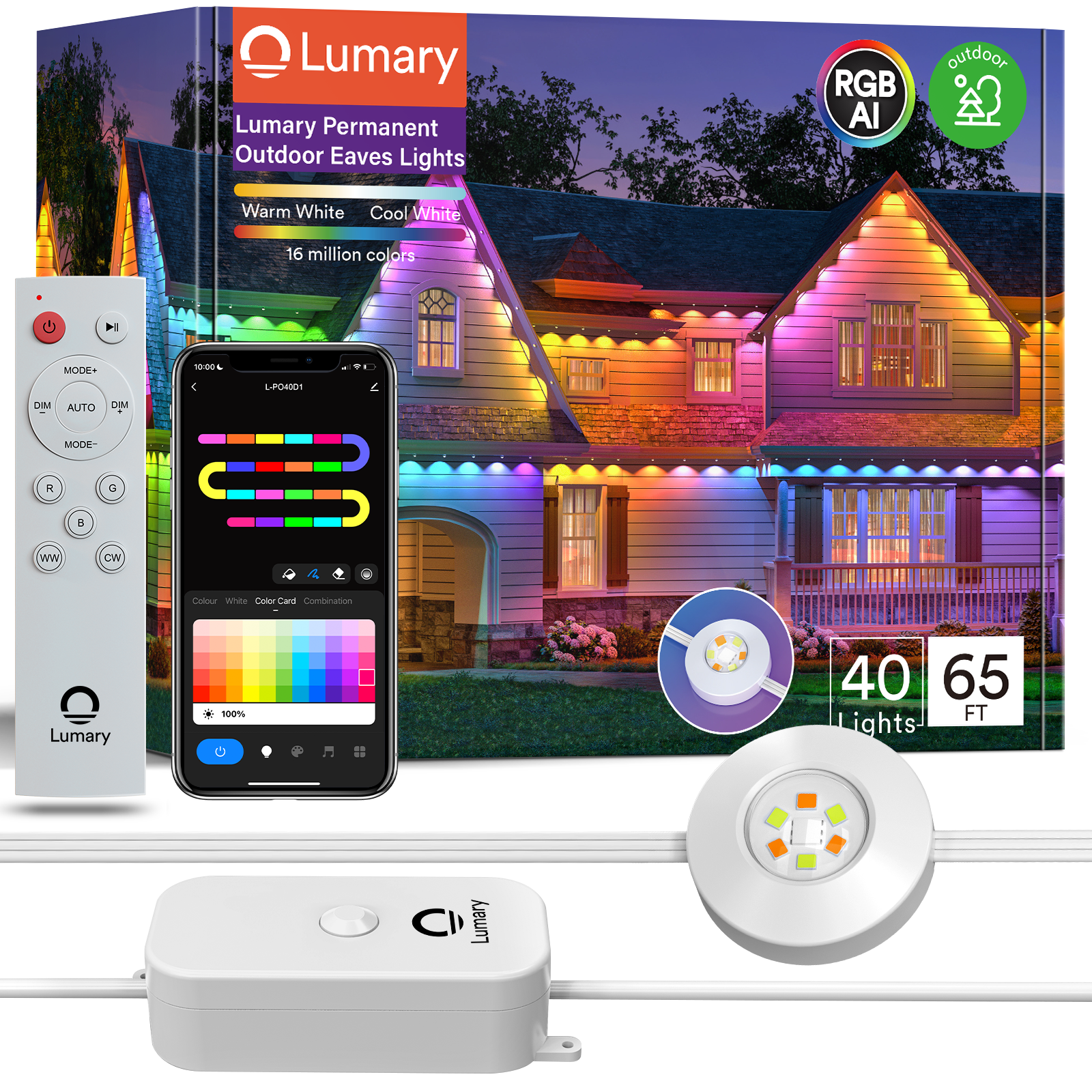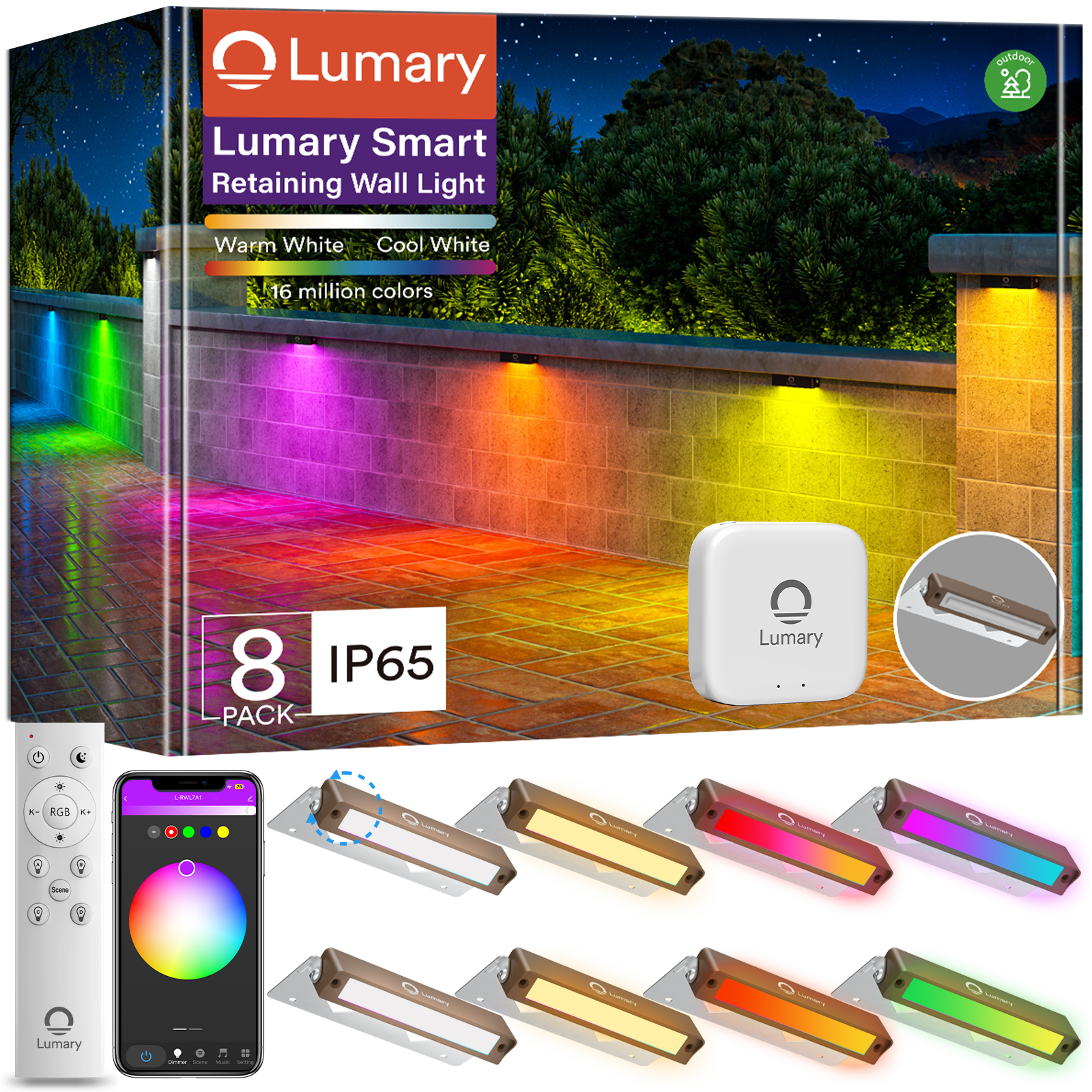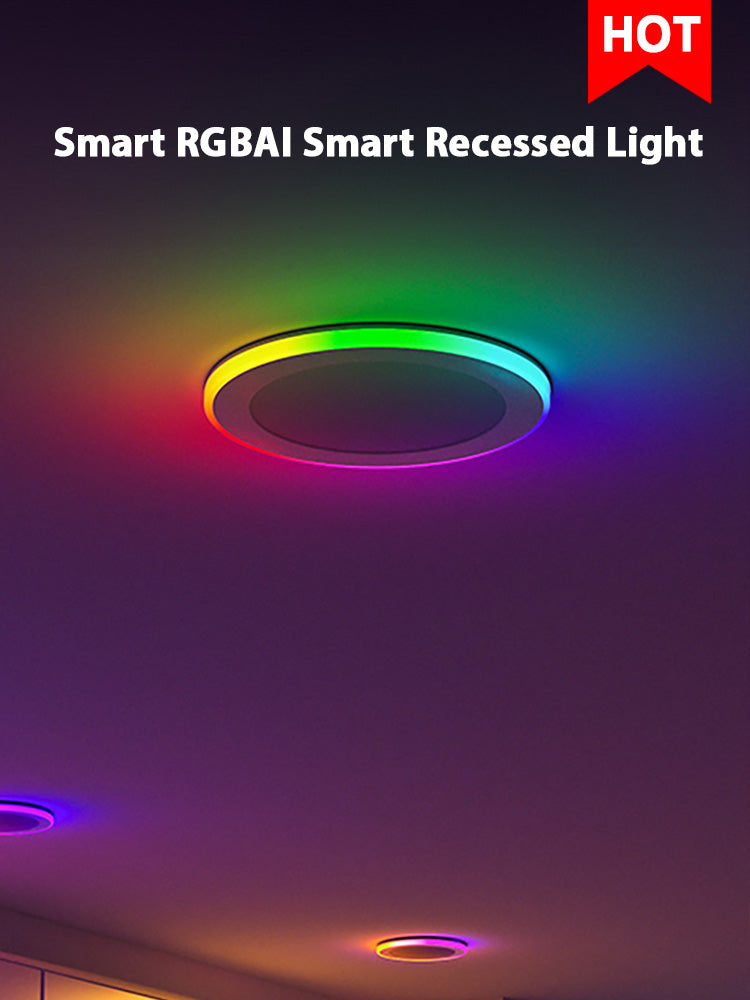Choosing indoor LED lights can feel overwhelming, but it doesn’t have to be. You’ll want to think about brightness, energy use, and features like dimming or color temperature. Did you know LED bulbs use up to 90% less energy than traditional ones? That’s a light that's right for you and your wallet!
Key Takeaways

-
LED bulbs are energy-efficient, using up to 90% less energy than traditional bulbs, which can save you up to $300 a year on energy costs.
-
Choosing the right brightness and color temperature for each room enhances ambiance; for example, use warm light in bedrooms for relaxation and cool light in kitchens for productivity.
-
Investing in LED lights may have a higher upfront cost, but their long lifespan and energy savings make them a smart financial choice in the long run.
Types of Indoor LED Lights
When it comes to indoor lighting, LED options offer a variety of styles to suit your needs. Let’s explore the main types of indoor LED lights and how they can enhance your space.
LED Bulbs
LED light bulbs are the most common choice for indoor lighting. They’re versatile, energy-efficient, and long-lasting. Whether you need the best LED light bulbs for your living room or a dimmable option for your bedroom, there’s a bulb for every purpose. Here’s how they compare to other types of bulbs:
|
Feature |
LED Bulbs |
CFLs |
Incandescent |
|---|---|---|---|
|
Turns on instantly |
Yes |
Slight delay |
Yes |
|
Durability |
Durable |
Fragile |
Fragile |
|
Heat Emitted |
Low |
Medium |
High |
|
Replacement frequency |
1 |
2.5 |
20+ |
|
Cold Weather Performance |
Efficient |
Struggles |
Struggles |
LED bulbs also come in various designs, like globe, vintage, and omnidirectional styles, making them perfect for any room.
LED Panels
If you’re looking for sleek, modern lighting, LED panels are a fantastic option. These lights provide soft, glare-free illumination that’s easy on the eyes. They’re also highly durable, lasting up to 15 years, and they don’t overheat, making them safe for your home. Plus, their customizable designs can fit unique spaces, from kitchens to offices.
LED Strips
LED strips are all about creativity. You can use them to highlight specific areas, like bookshelves, wine racks, or even your TV. Want to add a cozy glow to your bedroom? Install LED strips along your headboard. They’re also great for cove lighting or staircase accents, giving your home a stylish, modern vibe.
Specialty LED Lights (e.g., recessed, track lighting)
Specialty LED lights, like indoor recessed lights and track lighting, are perfect for creating a polished look. Recessed lights, for example, blend seamlessly into ceilings, making your space feel larger. Track lighting, on the other hand, offers directional illumination, ideal for highlighting artwork or specific areas.
Example: Lumary Smart RGBAI Recessed Light with Gradient Auxiliary Night Light
The Lumary Smart RGBAI Recessed Light takes specialty lighting to the next level. With its 4-in-1 lighting modes, you can set the perfect mood for any occasion. Use the RGBAI Gradient mode for vibrant gatherings or the Nightlight mode for a soft, relaxing glow. It’s also smart-enabled, so you can control it with your voice or an app. This light combines style, functionality, and convenience, making it a standout choice for modern homes.
Brightness and Color Temperature
Understanding Lumens and Wattage
When choosing indoor LED lights, you might wonder, "What’s the difference between lumens and wattage?" Here’s a quick breakdown:
-
Lumens measure how much light a bulb produces.
-
Wattage tells you how much energy the bulb uses.
-
Thanks to LED technology, you get more lumens with less wattage.
So, instead of focusing on wattage like you would with older bulbs, pay attention to lumens. This ensures you get the brightness you need without wasting energy.
Choosing the Right Brightness for Each Room
Every room in your home has different lighting needs. Here’s a handy guide to help you pick the right brightness:
-
Living Room: 1,500-3,000 lumens for a cozy yet functional space.
-
Kitchen: 4,000-8,000 lumens for bright, task-oriented lighting.
-
Bedroom: 2,000-4,000 lumens for a relaxing atmosphere.
-
Bathroom: 4,000-6,000 lumens for grooming and makeup.
-
Home Office: 3,000-6,000 lumens to reduce eye strain.
Choosing the right brightness ensures each space feels just right for its purpose.
Warm vs. Cool Color Temperatures
Color temperature affects how a room feels. Warm light (2000K-3500K) creates a cozy vibe, perfect for bedrooms or living rooms. Cool light (3500K-6000K) feels crisp and energizing, making it ideal for offices or kitchens.
|
Color Temperature |
Typical Use Cases |
Biological Effects |
|---|---|---|
|
Warm (2000K-3500K) |
Bedrooms, Living Rooms |
Promotes relaxation and better sleep |
|
Cool (3500K-6000K) |
Offices, Kitchens, Workspaces |
Boosts alertness and productivity |
Best Color Temperatures for Different Spaces
Matching the color temperature to the room’s purpose is key. Here’s a quick guide:
|
Color Temperature Range |
Description |
Best For |
|---|---|---|
|
2700K – 3000K |
Warm White |
Bedrooms, Living Rooms |
|
3000K – 4000K |
Soft White |
Kitchens, Home Offices |
|
4100K – 5000K |
Bright/Cool White |
Workspaces |
|
5000K – 6500K |
Daylight |
Large Kitchens with White Cabinets |
By understanding brightness and color temperature, you can create the perfect ambiance for every room in your home.
Energy Efficiency and Lifespan

How LED Lights Save Energy
Switching to LED light bulbs is one of the easiest ways to save energy at home. These bulbs use over 75% less energy than incandescent lighting. For example, a bright LED flood lamp only needs 11 to 12 watts to produce the same light as a 50-watt incandescent bulb. Imagine replacing all the old bulbs in your home with energy-efficient ones. You could save up to $300 a year on energy costs!
LEDs are designed to convert most of the energy they use into light, not heat. This makes them much more efficient than traditional bulbs. In fact, an efficient LED bulb converts about 95% of its energy into light, while fluorescent lights waste most of their energy as heat.
Comparing Lifespan to Other Lighting Options
LEDs don’t just save energy—they last longer too. Here’s how they compare to other lighting options:
|
Lighting Type |
Average Lifespan (hours) |
|---|---|
|
LED |
50,000 |
|
Compact Fluorescent Lamp (CFL) |
6,000 - 15,000 |
|
Halogen |
2,000 - 4,000 |
|
Incandescent |
750 - 1,000 |
With a lifespan of up to 50,000 hours, LED lights outlast incandescent and halogen bulbs by a huge margin. This means fewer replacements and less hassle for you.
Environmental Benefits of LED Lights
LED lights are a win for the environment too. They reduce energy use, which lowers carbon emissions from power plants. Their long lifespan means fewer bulbs end up in landfills. Plus, LEDs don’t contain harmful materials like mercury, making them safer to dispose of.
By choosing indoor LED lights, you’re making a choice that’s good for your wallet and the planet. These lights are up to 80% more efficient than traditional options and last six times longer. That’s a big step toward a greener future!
Design and Compatibility
Matching LED Lights to Your Room’s Aesthetic
Choosing the right LED lights can elevate your room’s style. Start by selecting a color temperature that matches the mood you want. Warm white (2700K-3000K) creates a cozy atmosphere, perfect for living rooms or bedrooms. Cool white (4000K-5000K) works well in kitchens or workspaces where you need brighter light.
Want to add a modern touch? Install LED strip lights under furniture or along ceilings for ambient lighting. Mixing and matching color temperatures can also help. Use warm white in relaxation areas and cool white in spaces where focus is key. For a cohesive look, consider your room’s color scheme. Warm colors like reds and yellows feel inviting, while cool tones like blues and greens promote calmness.
Ensuring Compatibility with Existing Fixtures
Before buying LED light bulbs, check their compatibility with your fixtures. Start with wattage. Choose bulbs with lower wattage to save energy while meeting your lighting needs. Next, ensure the lumens match or exceed your current bulbs for adequate brightness.
Don’t forget the base size and voltage. These must fit your existing sockets. Look for certifications like UL or DLC to ensure safety and energy efficiency. If you prefer dimmable lights, confirm the bulb supports dimming. A warranty is also a good idea for peace of mind.
Smart LED Lighting Options
Smart LED lighting is a game-changer for modern homes. You can integrate these lights with systems like Alexa or Google Home for seamless control. Voice commands make it easy to adjust brightness or switch colors without lifting a finger.
Mobile apps let you create schedules or change settings remotely. Some smart lights even adjust to natural light patterns, enhancing your comfort throughout the day. With tunable white lighting, you can customize color temperatures to suit any mood. These innovations make indoor LED lights both functional and stylish.
Budget and Cost-Effectiveness
Balancing Upfront Costs with Long-Term Savings
When you first look at LED lights, the price tag might seem higher than traditional bulbs. But don’t let that scare you off! LEDs are a smart investment. They use far less energy and last much longer, which means you’ll save money in the long run. For example, while an incandescent bulb might burn out after 1,000 hours, an LED can shine for up to 50,000 hours. That’s years of use without needing a replacement!
LEDs also cut down on your electricity bill. They’re so efficient that households can save around $225 a year just by switching. Many people see their investment pay off in just a couple of years. After that, it’s all savings. So, while the upfront cost might be higher, the long-term benefits make LEDs a no-brainer for your wallet.
Tips for Finding High-Quality LED Lights at a Reasonable Price
You don’t have to break the bank to get great LED lights. Here are some tips to help you snag the best deals:
-
Look for certifications like Energy Star to ensure quality and efficiency.
-
Shop during sales events like Black Friday or Cyber Monday for discounts.
-
Check return policies when buying online to avoid being stuck with a product you don’t like.
-
Visit local stores to test the lights in person before making a decision.
By following these tips, you can find reliable LED lights that fit your budget and your needs.
Avoiding Common Budget Pitfalls
It’s easy to get caught up in flashy features or super-cheap prices, but these can lead to regrets. Avoid buying LEDs without checking their lifespan or energy efficiency. A low price might mean the bulb won’t last as long, costing you more in replacements.
Also, steer clear of unverified brands. They might not meet safety standards, which could lead to issues down the line. Stick to trusted names and always read reviews. Spending a little more upfront for quality can save you headaches—and money—later.
💡 Pro Tip: Think of LED lights as an investment. A little research now can lead to big savings and a brighter home for years to come!
Choosing the right LED lights doesn’t have to be complicated. Focus on what matters most: energy efficiency, brightness, and compatibility with your space. LEDs save money, last longer, and reduce energy use by up to 75%. With options for every room, they’re a smart, stylish investment for your home’s future.
FAQ
What makes LED lights better than traditional bulbs?
LED lights last longer, use less energy, and produce less heat. They’re eco-friendly and save you money on electricity bills. Plus, they come in stylish designs!
Can I use LED lights with dimmer switches?
Yes, but check the packaging. Not all LEDs are dimmable. Look for bulbs labeled “dimmable” to ensure compatibility with your dimmer switch.
How do I choose the right LED light for my room?
Think about brightness, color temperature, and design. Warmer tones suit bedrooms, while cooler tones work for kitchens. Match the style to your room’s aesthetic for a cohesive look.
💡 Pro Tip: Always check the lumens and color temperature on the packaging to get the perfect lighting for your space!


